Polonnaruwa
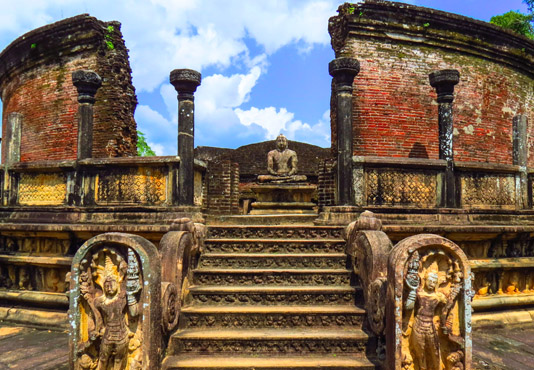
Sri Lanka’s royal medieval capital for nearly a century from 1073, Polonnaruwa had been a military base for invading Chola tribes, from southern India, until they were overthrown by the Sinhalese king, Vijayabahu I in 1070. The next king, Parakramabahu I, was the main driving force behind the development of Polonnuruwa. It remained Sri Lanka’s capital until the late 13C, but became increasingly susceptible to Chola invasions and it became lost to the jungle once more as the capital drifted south-west. Today, the ancient city’s ruins remain in remarkably good nick, and are a fascinating site to visit.
You May Also Like
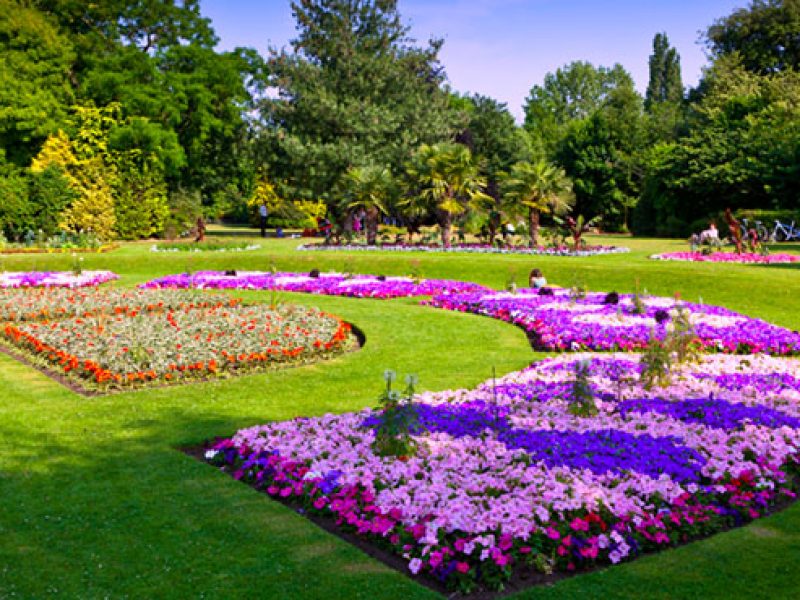
Hakgala Botanical Gardens
Perched underneath the shadow of the Hakgala or Jaw Tooth rock, at an elevation of 1,670m, the beautifully landscaped Hakgala Botanical Gardens spread over nearly 3 sq kms. With magnificent views of the surrounding hills and the jungles of the Hakgala Nature Reserve, the gardens are filled with roses and orchids, eucalyptus, pine and camphor, […]
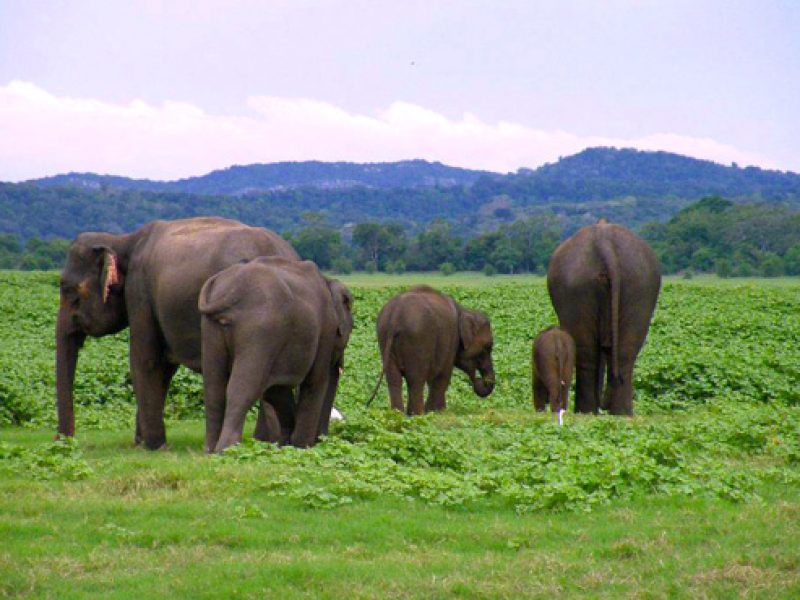
Habarana
Spend a morning in the remote village of Hiruwadunna and experience Sri Lanka’s unhurried rural village life. This is a beautiful setting where the villagers go about their daily lives with the greatest respect to nature. Take a bumpy, cattle-drawn bullock cart ride pass paddy fields and the village temple. Join a fisherman in his […]
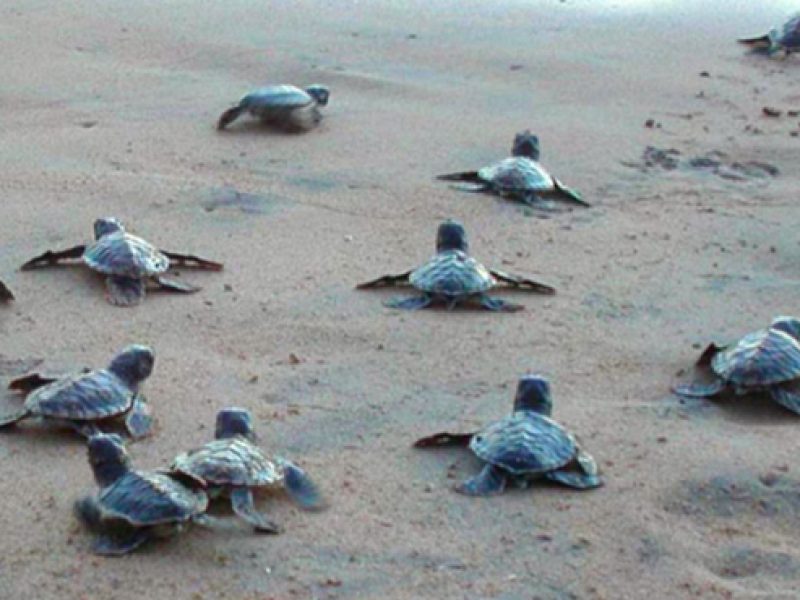
Kosgoda
Marine Turtle Conservation in Kosgoda – Globally, all seven species of marine turtles are endangered. Of these seven, five come ashore to nest in Sri Lanka. The process of marine turtles nesting, hatchlings being born, and swimming back to sea is fascinating to observe. The Kosgoda Conservation Project is an ideal way to learn and […]
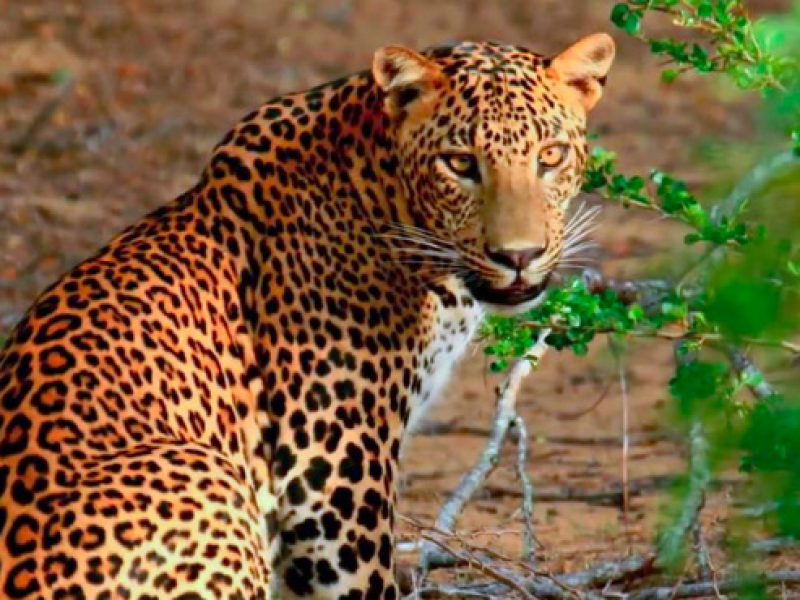
Yala National Park
Yala, situated in the south east corner of the island, is home to the greatest variety of Sri Lanka’s wildlife. Its varying habitats, consisting of scrub plains, jungles, rocky outcrops, fresh water lakes, rivers and beaches, provides home to many species of animals including sloth bear, herds of elephants, buffalo, monkeys, sambar, deer, crocodiles and […]